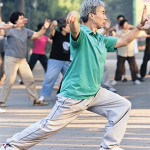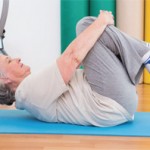Patients with rheumatoid arthritis need a way to manage their fatigue outside of the standard treatment regime, says Patti Katz, PhD. “We found that increasing physical activity [by using a pedometer] did indeed make a difference in peoples’ fatigue level. … And it doesn’t make them hurt more.”…





